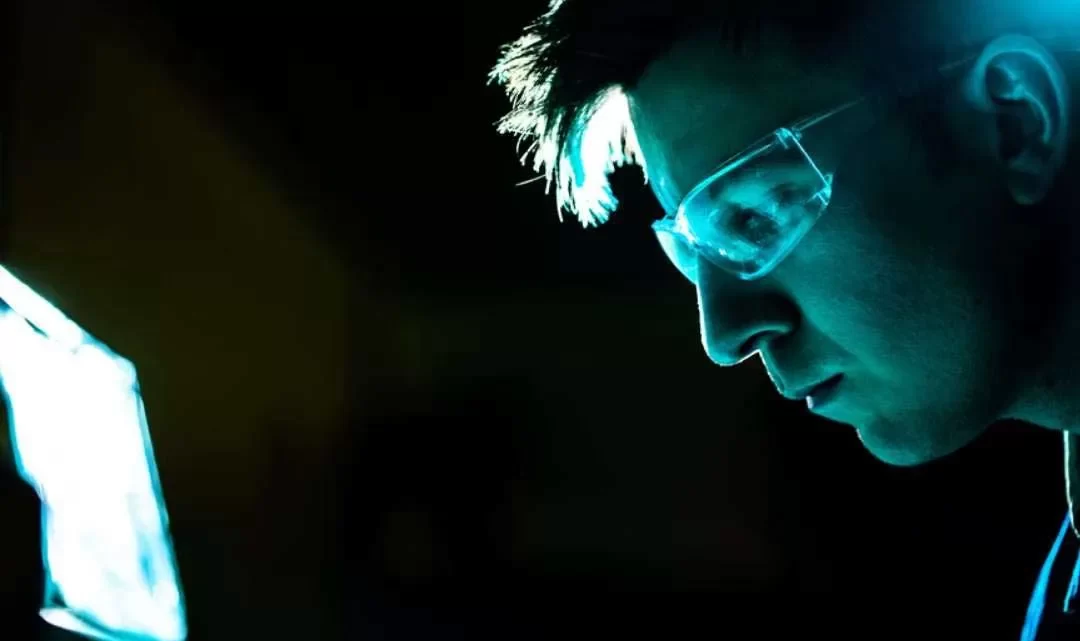
Thinking like a scientist
March 16, 2022The scientific method is one of the most tested, tried and true ways of thinking about solving problems. When put into practice correctly, it will produce new and progressive solutions that can stand up to scrutiny.
This post is all about how to think like a scientist and use the different phases of the scientific method to come up with novel solutions: experimentation, hypothesis creation, conclusion testing and publishing.
What is the scientific method ?
The scientific method is a way to empirically studying a problem with the hope of solving it. In its most basic form, it looks like this:
Observe and record Make conjecture by explaining observations Test with experimentation to prove or disprove hypothesis Communicate findings to others again and again so that we may all check our progress and make course corrections if necessary. Repeat from step 1!
Embracing this entire process when tackling your next project will help you think up new solutions for problems where you normally might not be able to find a suitable answer. So lets dive into how to do this in practice!
1. Observation and Record Keeping
The first step of the Scientific Method is to observe, ask questions and collect data. This is a very important step, yet also a very hard one. You need to take time and really look at your problem to figure out what might be causing it.
A really great way to do this is by using Mind Maps, which are diagrams used to visually brainstorm ideas by placing them in the center of the mind map and tagging them with related keywords. This gives you a much better view of the issue at hand, and is a great way to get your head around the problem.
Once you have figured out what part of your problem is causing it, you can move onto the next stage: hypothesis creation.
2. Hypotheses Creation
This is the process by which we form a tentative solution to our problems through hypothesizing. This can be done in several ways but one of my favourites is using Mind Mapping again in order to create visual representations of our ideas – often called Keywords Mapping. These can be used to help us think creatively and more efficiently when drawing up schemes or solutions that might work.
In order to come up with hypotheses you must make a list of all the things that might be causing the problem and consider how each one could be improved. This is a great way of coming up with possible solutions, and by thinking about it over time, you can find better and more logical ideas that will lead you to an answer.
This step is also where creativity comes into play: as mentioned, Mind Mapping is a great tool for this because it also allows visual representations of your solution, which can help you think about the different aspects of it more clearly. This is why I suggest using Mind Maps for this step even though I have said that they are mostly used for collecting data.
3. Testing and Conclusion
This is where we find out actually does work. This step is often called Concluding and often involves creating a formal method of testing the hypothesis and coming to a conclusion. This can be done in many ways, but here are a few that I like personally:
Experimentation: this simply means trying out different solutions to your problem. With this method you will be identifying what works and what doesn’t, so you don’t have to end up going down blind alleys trying out answers that don’t work. By doing this, you can make really good conclusions about actual solutions that might help you a lot.
Testing: a more formal method is where you create a test to see if your solution actually works in your environment. In this way, you can be certain that it will work for you as well.
Conclusion: the final step to this section is where you come up with a logical answer that has been proven to work in your scenario. This isn’t always easy, but doing it will help you figure out what you should do next instead of stumbling around in the dark!
4. Communication and Revision
This final step of the scientific method is perhaps one of the most important. By having your solution tested, proven and understood by many, you are much more likely to get your problem solved.
This is achieved by communicating with those who already know something about your field. This might be an expert in it, a mentor or someone from the real-world that is also suffering from the same problem. By speaking to these people, you will have someone to bounce ideas off of and give you feedback on whether your solution works as planned.
If you feel like your solution isnt quite right, then you can always go back and do it all over again with a different approach. This way, you can come up with the best possible solutions to difficult problems as your knowledge and understanding of them improves.
The other great aspect of communicating with others is that if they have any suggestions or criticisms on your solution, they are completely free to give them! This doesn’t just benefit you but will also help them and the community in general by giving everyone the chance to learn something new.
We hope that this article helped you get a more defined idea of the scientific method and how to apply it to your problems. If you would like to learn more about how to do Mind Mapping, even if you don’t think you need it for solving your problems, try this Mindmap template or this one.









